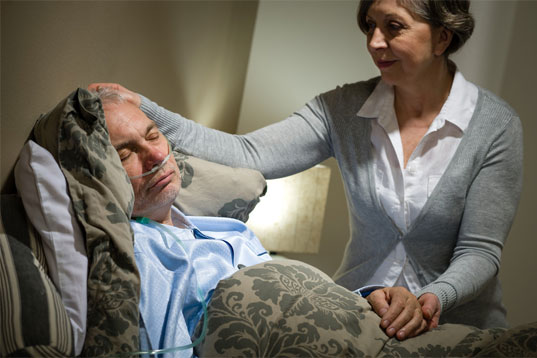 Help Paying for Home Care Costs
Help Paying for Home Care Costs
If you’re like the majority of seniors, you want to stay in your home as long as possible. Home care allows you to do this. It’s less expensive than institutional care such as assisted living and nursing homes. This type of care includes home health care and non-medical care such as assistance with activities of daily living and domestic chores.
Below, you’ll find information on how to pay for home care through Medicare, Medicaid, and other federal, state and local programs.
Home Care Rising
The market for home care is exploding thanks to the wave of baby boomers reaching their golden years and the need for lower-priced alternatives to institutional care. According to the Bureau of Labor Statistics, the number of home health and care aides will expand to more than 1.3 million by 2020, a 70% increase from 2010.
Home health care employees are typically RNs, LPNs, physical therapists, home care aides, occupational therapists and social workers. Home care aides help with activities of daily living (ADLs) such as bathing, dressing, toileting, and grooming. And they assist with instrumental ADLs such as housekeeping, meal prep, laundry and transportation.
Home Care Costs
It’s no wonder seniors choose home health care over stays in a hospital if they are able to. The average daily cost of a hospital stay is $6,200, while the average cost of home health care is just $135 per visit.
The national average for a one-bedroom in an assisted living facility is $3,450 a month, according to Genworth Financial’s Cost of Care Survey. A semi-private room in a nursing home costs $207 a day on average.
A home health aide costs $19 an hour on average.

















